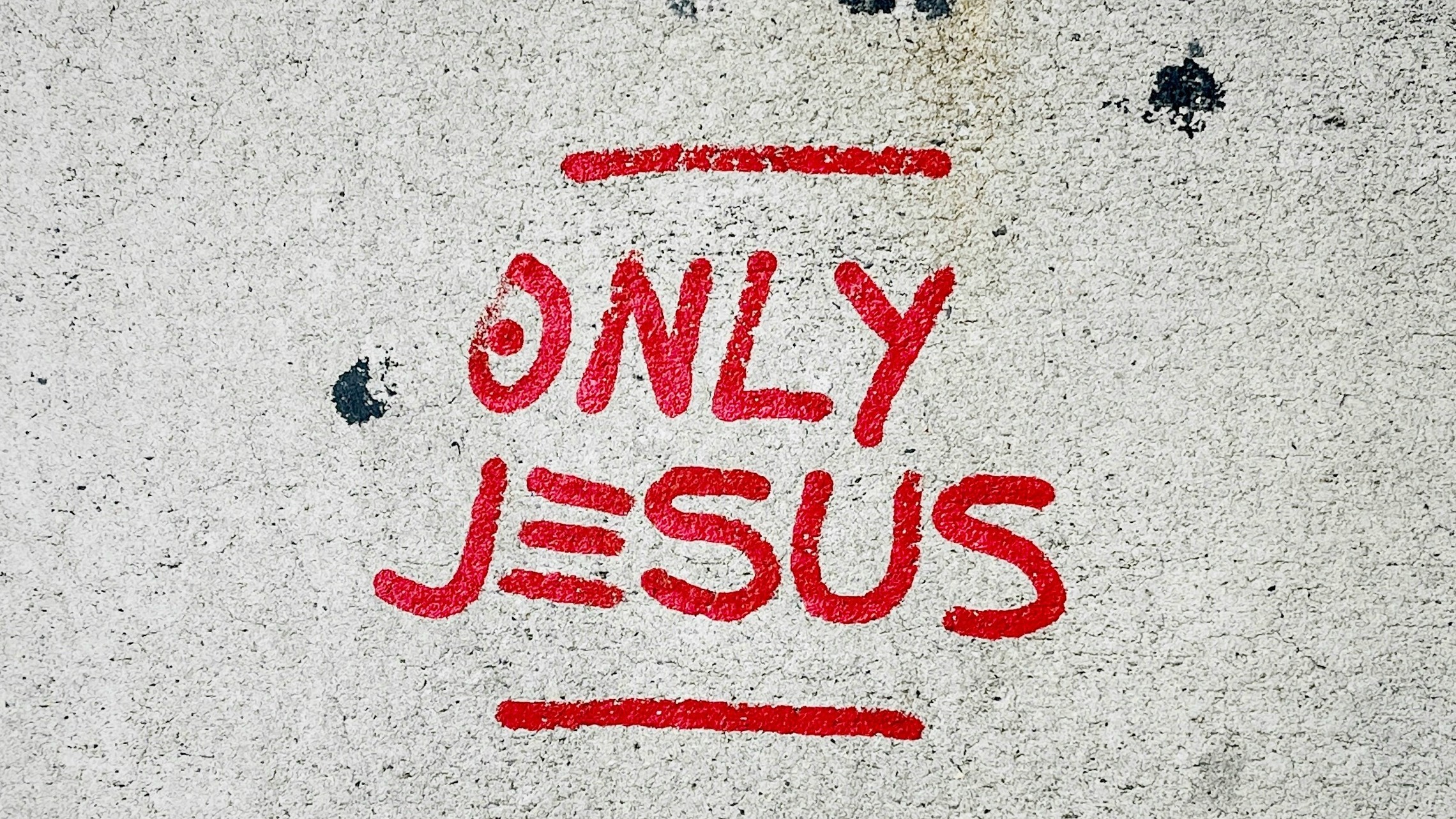
Saint John Henry Newman in his Bilietto speech describes liberalism in religion as the doctrine where there is no positive truth in religion, but that one creed is as good as another, and this is the teaching which is gaining substance and force daily. He goes on to say that revealed religion is not a truth, but a sentiment and a taste; not an objective fact, not miraculous and it is the right of the individual to make it say just what strikes his fancy. Newman’s definition of liberalism within the context of religion provides a distinctive view into how some self-professed teachers and professors of religion interpret the teachings of the Catholic Church outside of Jesus Christ Himself the Incarnate Word. It presents the question: how is one supposed to teach sound doctrine?
Newman brings awareness that the ability of human beings to think, ponder and seek the solution to a problem is part of what makes a human being unique. Part of man’s anthropology is embedded with a desire for knowledge and problem solving at the same time. Several factors affect the way man can come to grips with a process learning i.e. different methodologies or pedagogy’s that forge the way man is able to think and act. When we take the time to contemplate how to employ a sound method of learning the process may reveal multiple concepts and strategies where the teacher is not only an educator but is also required to be a pedagogue meaning to walk and guide the student through a process of learning with prescribed and anticipated learning outcomes.
The anthropological process of education is universal in that it has existed since the earliest forms of educational instruction. When you take the concept of learning and incorporate a religious education component the premise shifts from an understanding of man toward an understanding of God and our place within God’s order of creation. Whether this educational shift takes place in this way can be argued on different pedagogical levels. It is important to note when someone begins to engage the process of religious education the premise is the persons relationship with God the Father, God the Son and God the Holy Spirit. The entire religious educational concept stems from an intent to align man with God and for man to understand his place with God. However, the entire process of religious formation is pointless if we deviate from what has been revealed by God through his Son Jesus Christ and developed not changed in our understanding of divinely revealed truths.
The aim of Religion Instruction
A principle aim of religion instruction is to awaken the soul of the person toward a relationship with Jesus Christ. This requires the introduction of a trusting and accepting environment, a genuine and visible presentation of the kerygma-the Story of God and a clear and precise instruction of the doctrinal teaching. Within this formula the religion teacher serves as a pedagogue-one who guides and provides an authentic witness of the Gospel toward his students and demonstrates to them relevance of the content-teachings of Jesus Christ as revealed through Sacred Scripture and Sacred Tradition. This unique symphony of faith is what the Church calls the Profession of Faith and is not ambiguous nor does it offer an alternative to Christ.
Addressing doctrinal ambiguity
Christian teaching reveals God and His infinite perfection with far greater clarity than is possible by the human faculties alone.[1] A direct way of addressing doctrinal ambiguity is to address our Christian origin or anthropology. Simply put, our identity is rooted in the Blessed Trinity which reveals our identity with the Triune God and serves as the foundation for our pledge of faith every time we recall our baptism by the sign of the cross. Jesus reminds of this very important fact when the Jews marveled at his teaching in the temple:
My teaching is not mine, but his who sent me; if any man’s will is to do his will, he shall know whether the teaching is from God or whether I am speaking on my own authority. He who speaks on his own authority seeks his own glory, but he who seeks the glory of him who sent him is true, and in him there is no falsehood.[2]
God reveals himself in three ways: the word, the flesh and prayer-intercession. This specific formula suits us well in addressing doctrinal ambiguity because it begins with Divine Revelation which leads us to the living word-Jesus Christ Incarnate who in turn established a way for us to continue our faithful communion with Him in the Catholic Church. There is no ambiguity here when we base our doctrinal instruction on the Trinity and execute it via Jesus Christ Himself. St. John Paul II strengthens this process when asserts that the character of catechesis has a twofold objective of maturing the initial faith and of educating the true disciple of Christ by means of a deeper and more systematic knowledge of the person and the message of our Lord Jesus Christ.[3]
St. Vincent of Lerins describes the importance of advancing the faith in fidelity to Jesus Christ and His Church in the following way:
To let the understanding, the knowledge, the wisdom . . . of the whole Church grow and advance with the advance of ages, but . . . in the same teaching, the same meaning, the same truth, in eodem cilicet dogmate, eodem sensu eademque sentential.[4]
The Apostle to the Gentiles St. Paul makes a distinct connection between the deliverance of sin and the standard of teaching as the gift of Christ and His Church for renouncing evil and accepting Christ.[5] The Catechism of the Catholic Church in quoting St. Cyril of Jerusalem explains that the synthesis of faith was not made to accord with human opinions, but rather what was of the greatest importance was gathered from all the Scriptures, to present the one teaching of the faith in its entirety.[6]
With evidence at our disposal on how to properly disseminate the teachings of the Catholic Church, does our Holy Father Pope Francis appear to disregard the synthesis, deposit and doctrine of the faith when he supposedly affirms same sex civil unions? Is he deliberately fostering doctrinal ambiguity and confusion on the natural state of the marital union between one man and one woman? The Church herself, the bride of Christ appears to answer this question:
The Doctrine of the faith, which God has revealed . . . has not been proposed to men’s minds to be perfected like a theory of philosophy. It is a divine deposit entrusted to the spouse of Christ to be kept faithfully and declared infallibly.[7]






